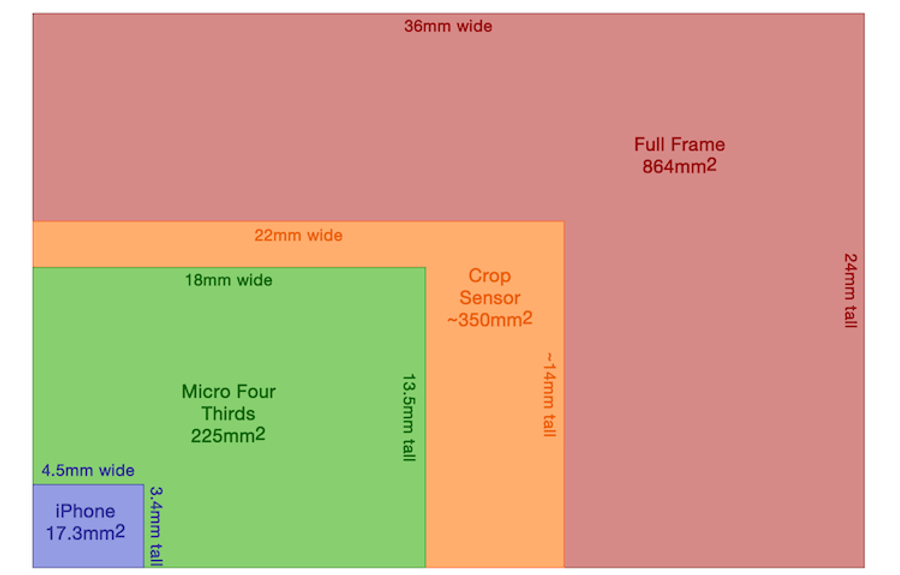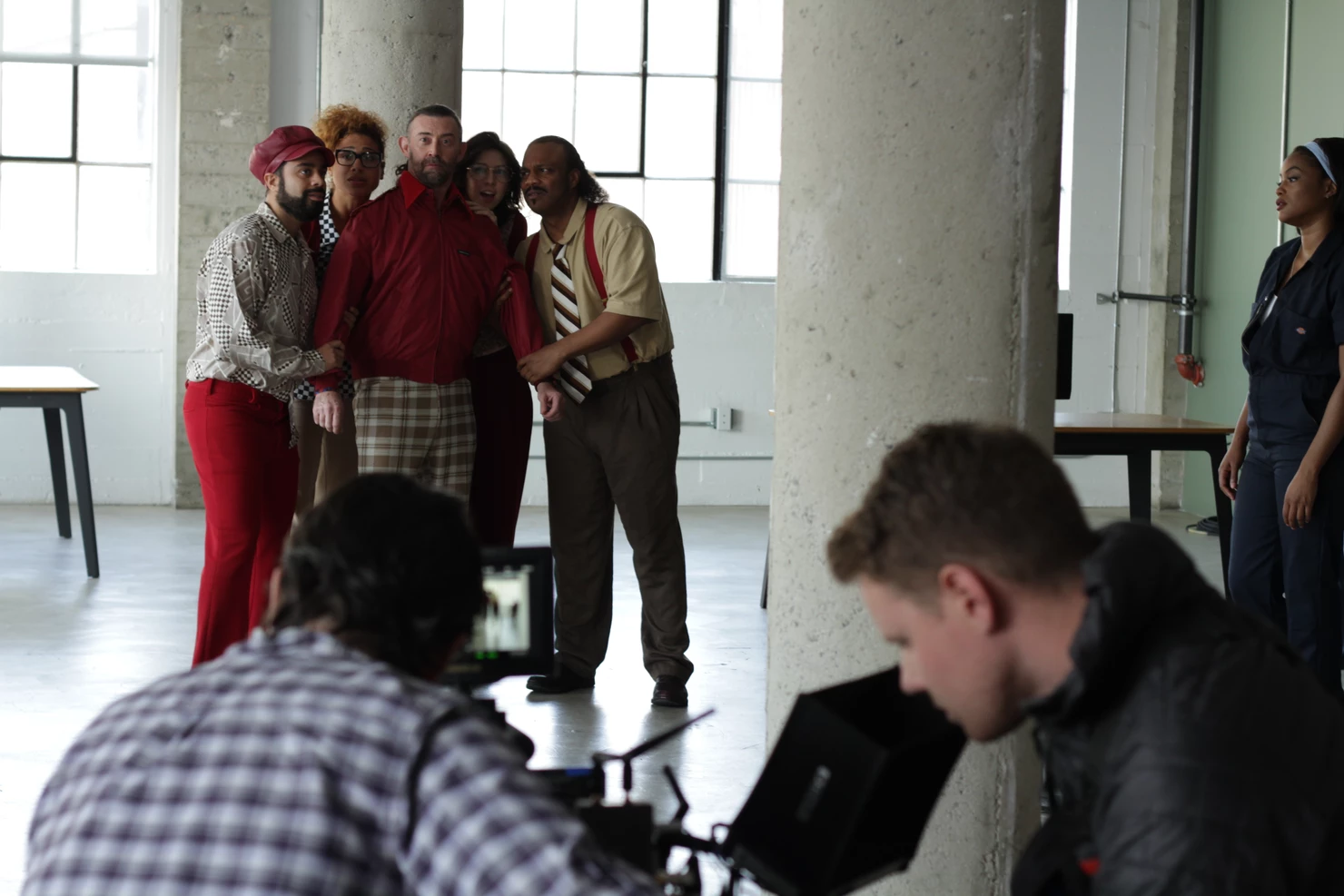Why do I need that fancy camera? My iPhone shoots 4K.
How many times have you heard this? Or worse, see those wheels turning in a new client’s head as they ponder the camera rental line item?
Let’s face it, smartphone camera technology has grown by leaps and bounds in the past few years. It’s hard to keep up. I’m just getting used to the fact that everyone has a camera. I remember a time when being able to take and produce photos was a feat in and of itself. Good photography was a separate issue. Not today. Unless it’s a stellar moment captured with expert skill, it’s simply not shareable.
Not only are Apple iPhone, Samsung Galaxy, and Google Pixel providing all humans with a way to “capture the moment”, they are piling-on features that, in effect, replace the time consuming process of adding filters, cropping, reframing….
In film and video production we call that process post-production, but the average person calls it annoying. So Apple and the other “bigs” have added the ability to alter images on the fly, removing the barrier of having to think too much about an image before sharing it with the universe. These features are great and a lot of fun. I definitely take far more photos with my iPhone than I do with my DSLR. The convenience and quality are undeniable.
The same applies to the video function of these devices. Since they shoot 4K, why not use one to shoot commercials, corporate videos or films? Why use a camera that costs anywhere from $5000 to $100,000 to purchase?
While I’m sure there are people out there that do use iPhones or Galaxy’s to shoot professional projects, there are some very good reasons not to…
1) Image Quality
While many of these smartphones now offer a 4K option, that doesn’t mean it produces an image that competes with a professional camera. Most devices, Apple iPhone and Samsung Galaxy, have a 12 megapixel chip that generates a 4K image. A chip of any size can generate a 3820×2160 (4K) image but the more megapixels of that chip, the better. The benchmark chip size to achieve is 35 to 38 megapixels, which is equal to what a 35mm film camera would produce. A lot of DSLRs, like Canon 5D, and pro cameras are 20 to 30 megapixels. Higher-end cinema cameras, like the RED Helium, RED Monstro, or the Arri Alexa, will have a chip size of 30 to 38 megapixels and are considered full-frame. Some of the higher end full frame cameras now offer the ability to shoot up to 8K for large format exhibition or for special effects work.
2) Lens Variation
Another barrier is the lack of lens variation with smart phones. Most smartphones have a focal length of about 28mm when relating to a 35mm film camera. In short, focal length determines how much field of view a lens has, affects the sharpness of an image, and affects the dimensionality of the image. The lower the number of a focal length, the more you’ll see and the sharper everything is. This is why a wide lens is the choice for smartphones. But, seeing everything and having everything in focus isn’t always the best way to tell a story. There are times when you want to zoom-in to see just what is necessary or pleasing. Using longer lenses (anything over 50mm), also creates planes of soft focus and makes objects feel further apart giving the image more of a 3D effect. Zooming in with the camera’s electronic zoom quickly degrades the image. There are third party lens attachments for smartphones but you’re just putting a poorly made product on camera that only records 12 megapixels in the first place. This is what is called polishing the proverbial turd.
3) Post Production Flexibility
Many pro cameras have the option to shoot with RAW color systems; C-log, V-log, RED RAW… This gives filmmakers more flexibility to sweeten the image during post-production. Unfortunately, RAW camera original is low contrast, de-saturated, and in some cases overly green. This would not be acceptable for a consumer product since there is automatically a lot of work that needs to be done to the image. Shooting RAW is totally worth it in most professional settings since we have the time and ability to do color correction to the images, and the range of what can be altered is much more broad with a RAW image.
4) Audio
The audio set-up with a smartphone could be awkward, as well. The best way to go is to record the audio separately and synch up the audio before you begin to edit. It’s an extra step but doable and standard in many cases since no cinema camera will have audio inputs. If you’re working with a professional audio technician and you show up with a smartphone, they’ll record digital audio files for you and take your money but they won’t respect you.
5) Overall Flexibility
Lastly, adding filters, cropping, or changing the image on the fly is the opposite of what a cinematographer, videographer, or cameraperson should do. Flexibility is key. Believe it or not, clients change their minds about style, strategy, branding, just about anything. Having a look or an alteration “baked-in” to the imagery has a big chance of backfiring. Being able to keep up with these changes is crucial to a successful edit.



